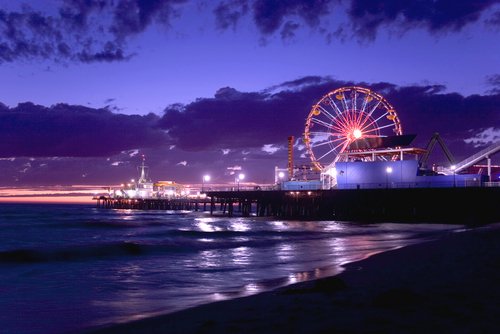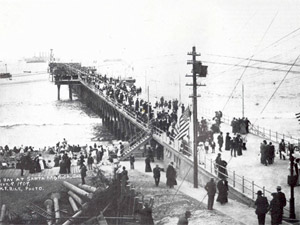
Obviously the tensions that started the rioting and looting stem deeper than someone being arrested for drunk driving. Considering Watts had been suffering long before as a result of high unemployment, high rates of crime, poor maintenance and public transportation, etc., its no surprise that so much violence eventually occurred (especially considering the major reason for Watts' condition was racism). If anything, the initial premise of the riots is inconsequential: the tensions building up to the riots could have easily occurred before or after the starting incident.
The amount of damage caused by the Watts Riots stands as one of many testaments to the consequences of racism. However, how do we progress from such violence? Considering the Rodney King riots of 1994 and even the current Occupy movement, what lessons were not learned from the Watts example?
As such, I will be focusing much of my research on what happened before and after the Watts Riots rather than during. What lead to the Watts Riots, and how did the area rebuild? What was efficient at diffusing the tension, and what caused it? In the next post, I will be answering these questions and more, so keep checking for an update!


